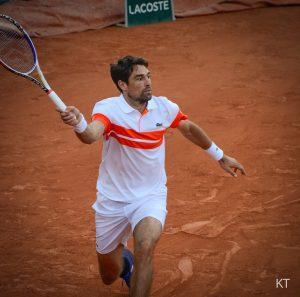We may earn money or products from the companies mentioned in this post.
A Quick Summary
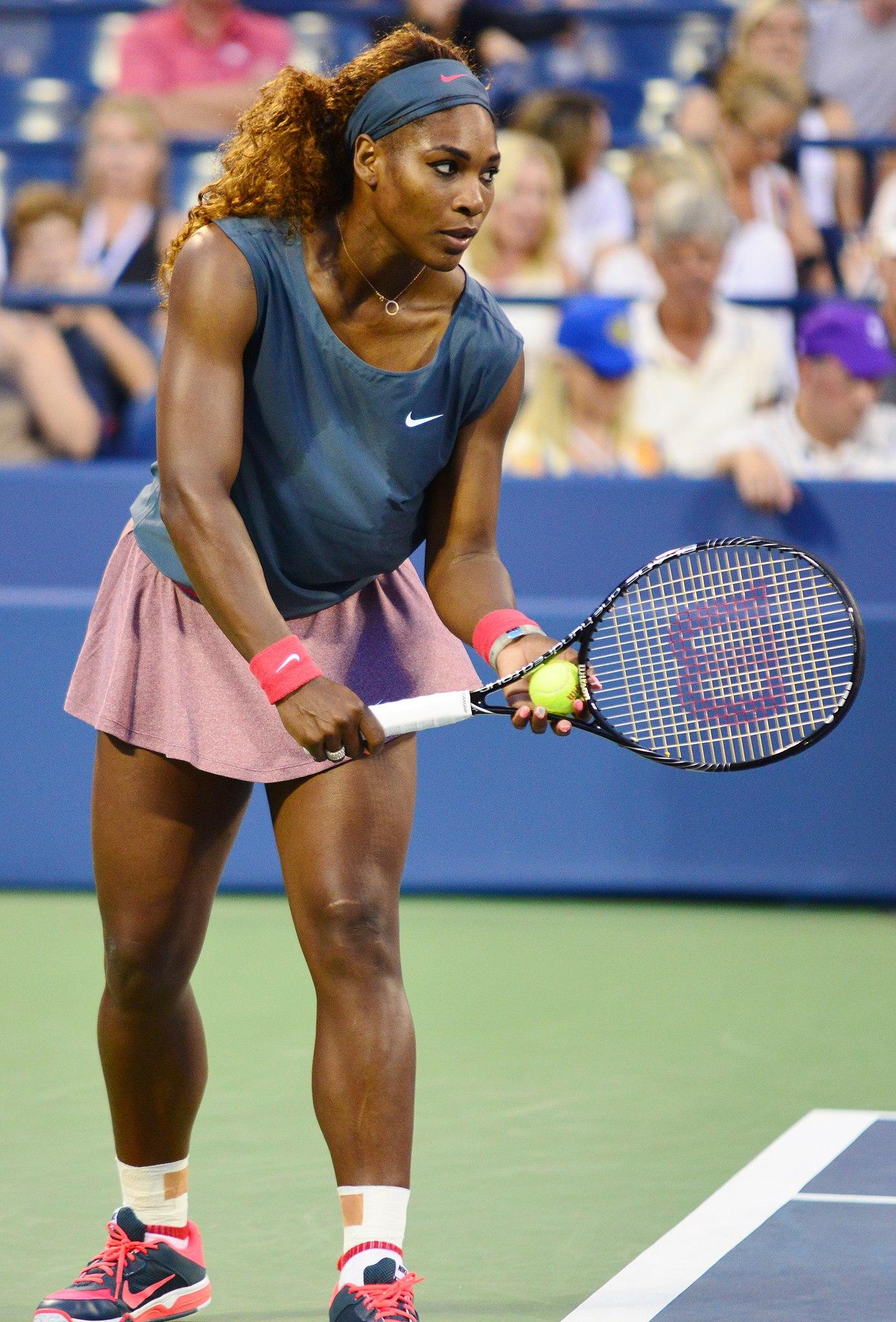
The Open Era in tennis began in 1968, transforming the sport into a lucrative career path. The four Grand Slam events are the most prestigious tournaments in tennis, and male and female tennis legends have made significant milestones and records during these events. This article discusses the legendary players Chris Evert, Martina Navratilova, Serena Williams, Steffi Graf, John McEnroe, and Rafael Nadal, each of whom have left an indelible mark on tennis history.
Introduction to Open Era in Tennis
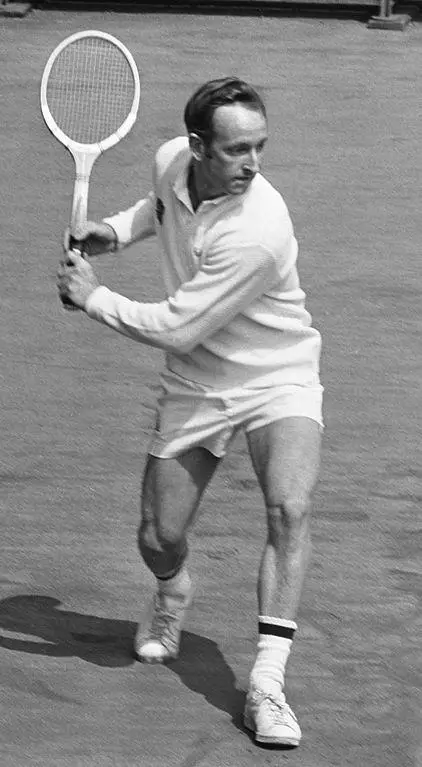
Definition of the Open Era
The Open Era in tennis refers to the period of time when professional players were allowed to compete alongside amateurs in major tournaments Prior to this era, only amateur players were permitted to participate in Grand Slam events and other high-profile competitions
The term “Open Era” was coined by legendary Australian player Rod Laver, who won all four Grand Slam titles twice during this period The Open Era officially began in 1968 when the International Lawn Tennis Federation (now known as the International Tennis Federation) abolished its distinction between amateur and professional players
The Significance of the Open Era in Tennis History
The advent of the Open Era brought about a seismic shift in tennis history For one thing, it opened up opportunities for professional players who had previously been excluded from competing at the highest levels of the sport
Additionally, it paved the way for increased prize money and sponsorship deals, which helped transform tennis into a lucrative career path for top players around the world In turn, this led to greater competition and higher standards of play across all levels of the game
Timeline: When Did the Open Era Begin?
The Open Era officially began on April 22nd, 1968 with the first edition of what is now known as the French Open This marked a turning point in tennis history that would forever change how we view and appreciate this beloved sport
In subsequent years, many top professionals such as Billie Jean King and Jimmy Connors made their mark on the game during this era Today, we continue to see its impact through world-class athletes like Serena Williams and Rafael Nadal – who have dominated their respective tours throughout much of their careers
| Key Point | Description |
|---|---|
| Turning Point | The Open Era began on April 22nd, 1968 with the first edition of the French Open |
| Top Professionals | Billie Jean King and Jimmy Connors made their mark during this era |
| Modern Dominance | Impact seen through athletes like Serena Williams and Rafael Nadal |
Changes and Developments Brought by the Open Era in Tennis

Shift from Amateur to Professional Tennis Players
The Open Era, which began in 1968, marked a significant shift in tennis from being an amateur sport to a professional one The move was driven by players who demanded better pay for their efforts on the court As a result, top players started participating in professional tours that offered substantial prize money The transition from amateur to professional status had a massive impact on player earnings and sponsorships Since then, tennis has become one of the most lucrative sports for athletes worldwide
With this shift came an evolution of training methods and coaching styles Before the Open Era, tennis players were primarily amateurs who played for fun or as a hobby However, with professionalism came greater expectations and higher standards of excellence Players now needed to train harder and smarter to compete at a high level consistently Coaches also had to adapt their methods to help players reach peak performance levels
Technological Advancements in Equipment and Courts
The Open Era also brought about significant technological advancements in equipment and courts used in tennis matches Racket materials, strings, and designs have undergone significant changes over time, making them lighter yet more durable than before This resulted in increased power and spin generation capabilities for players
Court surfaces have also changed significantly since the Open Era began Grass courts were once prevalent but are now less common due to maintenance costs and climate conditions Clay courts offer slower ball speeds with higher bounces that favor baseline play style compared to faster hardcourt surfaces that benefit serve-and-volley tactics
In conclusion, the Open Era brought about many changes that transformed tennis into what it is today – a highly competitive sport played at the highest levels by some of the world’s greatest athletes using advanced technology and training methods
| Key Point | Description |
|---|---|
| Highly Competitive Sport | The Open Era transformed tennis into a sport where athletes compete at the highest level, driven by professionalism and higher standards of excellence. |
| Advanced Technology | Technological advancements in equipment such as rackets, strings, and court surfaces have significantly impacted the game, allowing players to generate more power and spin. |
| Training Methods | With increased expectations for performance, players now need to train harder and smarter while coaches adapt their methods to help reach peak levels. |
Major Tournaments and Championships in the Open Era
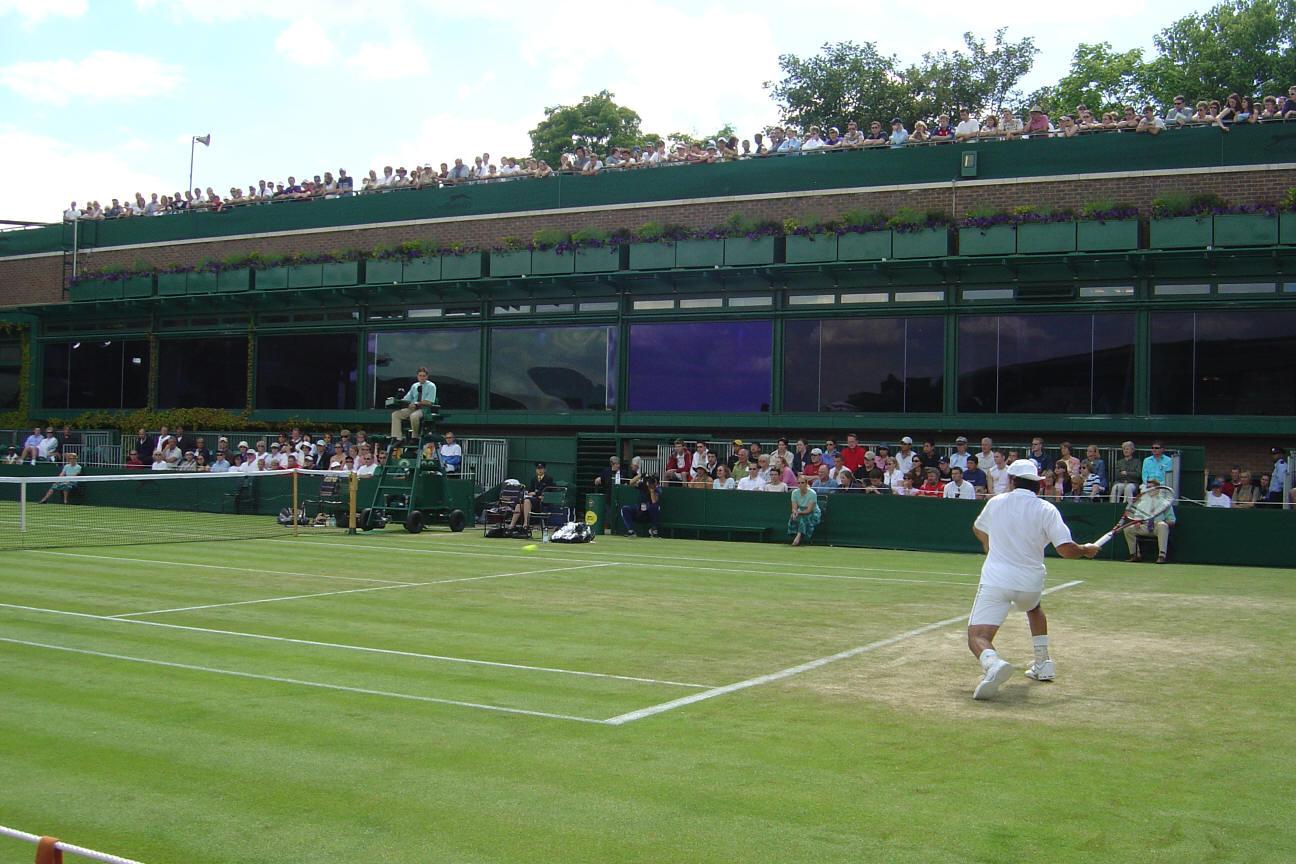
The four Grand Slam events, Australian Open, French Open, Wimbledon, and US Open are the most prestigious tournaments in tennis Each of these events has its unique characteristics that make it stand out from the others The Australian Open is played on a hard court surface, while the French Open is played on clay courts Wimbledon is known for its grass courts, and the US Open is played on hard courts as well
Apart from the playing surface, each Grand Slam event also has its distinct traditions For instance, at Wimbledon, players are required to wear all-white clothing during matches In contrast, during the French Open tournament at Roland Garros stadium in Paris, players are expected to wear predominantly white clothing with a touch of red or blue to honor the national flag of France
Over time many players have made significant milestones and records during Grand Slam events Roger Federer holds the record for most men’s singles titles won at Wimbledon with eight victories while Rafael Nadal holds 13 men’s singles titles at Roland Garros – more than any other player in history Among women’s tennis players Margaret Court holds an impressive record of winning 24 Grand Slam singles titles throughout her career
Moving beyond grand slam events there are several other significant tournaments such as ATP Finals and WTA finals that take place annually towards the end of each season One key difference between these tournaments and grand slams is their structure; instead of knockout stages these events usually follow a round-robin format where top-ranked players compete against one another over several days before advancing to semifinals or finals
These year-end championships hold importance for ranking points since they offer some of the highest point values outside Grand Slam tournaments which helps determine global rankings for both men’s and women’s professional tennis players alike
In conclusion, major tournaments like grand slams have contributed much to making tennis one of the most popular sports in the world From hard court surfaces to grass or clay, each tournament has its unique characteristics and traditions while players have broken records and made significant milestones throughout history Additionally, tournaments like the ATP Finals and WTA finals offer a different format that is crucial for determining end-of-season rankings
| Topic | Key Point |
|---|---|
| Grand Slam Tournaments | Contribute to tennis popularity |
| Tournament Characteristics | Unique surfaces and traditions |
| ATP & WTA Finals | Crucial for determining end-of-season rankings |
Greatest Tennis Legends of the Open Era

Male Tennis Legends
Rod Laver is undoubtedly one of the greatest male tennis players of all time He is the only player to have won two calendar-year Grand Slams, an incredible feat that has yet to be replicated His dominance on both clay and grass courts made him a force to be reckoned with, and his precise shots and quick footwork were awe-inspiring
Bjorn Borg was known for his stylish play and dominance on clay courts He won six French Open titles in his career and was the youngest player to ever win Wimbledon at just 17 years old His stoic demeanor on court made him seem almost unbeatable, earning him the nickname “Ice-Borg”
Pete Sampras holds the record for most Grand Slam titles in men’s tennis with 14 He was known for his powerful serve-and-volley style of play, which earned him seven Wimbledon titles Sampras’ ability to stay composed under pressure was unparalleled, making him a formidable opponent on any surface
Roger Federer is widely considered one of the greatest tennis players of all time He has won 20 Grand Slam singles titles and held world No1 ranking for a record total of 310 weeks during his career Known for his fluid movement on court and ability to hit amazing shots from seemingly impossible angles, Federer has set numerous records throughout his career
Female Tennis Legends
Billie Jean King is not just a legendary tennis player but also an advocate for women’s rights in sports She famously defeated Bobby Riggs in the “Battle of the Sexes” match in 1973, which became a symbol of gender equality in sports King won 12 Grand Slam singles titles during her career while pushing for equal pay and opportunities for female athletes
Chris Evert was known for her rivalry with Martina Navratilova, which lasted throughout most of their careers Evert’s dominant play on clay courts earned her the nickname “The Queen of Clay,” and she won seven French Open titles in total Her precise shots and strategic thinking on court made her a formidable opponent
Martina Navratilova is one of the most successful female tennis players of all time She holds a record-breaking number of singles and doubles titles in her career, including nine Wimbledon singles titles Known for her serve-and-volley style, Navratilova was also an outspoken advocate for LGBT rights in sports
Serena Williams is regarded as one of the greatest female tennis players ever to grace the court She has won 23 Grand Slam singles titles, second only to Margaret Court, and held world No1 ranking several times throughout her career Serena’s powerful serves and aggressive playstyle have made her a force to be reckoned with on any surface
Note: This list is not exhaustive, as there are many other legendary tennis players who could be included here such as Steffi Graf, John McEnroe or Rafael Nadal These eight players have left an indelible mark on tennis history by dominating their respective eras through sheer talent, hard work, and perseverance
| Player | Key Point 1 | Key Point 2 | Key Point 3 |
|---|---|---|---|
| Steffi Graf | 22 Grand Slam singles titles | Golden Slam in 1988 | World No.1 for a record 377 weeks |
| John McEnroe | Seven Grand Slam singles titles | Known for his volatile personality | Nine Grand Slam doubles titles |
| Rafael Nadal | Record 13 French Open singles titles | Total of 20 Grand Slam singles titles | Nicknamed “The King of Clay” |
Useful Links
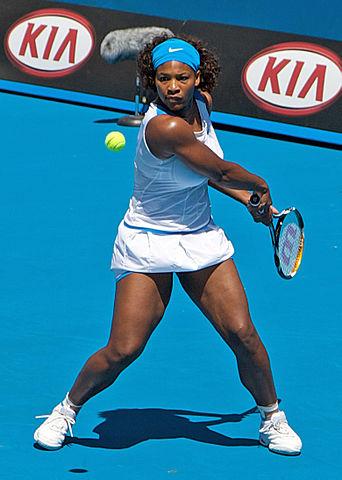
Tennis – ATP & WTA, Old vs New System
Open Era of Tennis History
A Brief History of Tennis Before the Open Era
[Solved] The Open Era in tennis began in _________ …
Tennis Open Era – Comparison before and after the creation
Open Era
Open Era (@openerapod) / Twitter
Ultimate Tennis Statistics – GOAT List
The 20 Greatest Male Tennis Players of the Open Era
Most Championship Titles | History of the US Open
If majors in the Open era are considered the greatest …
What’s The Open Era of Tennis? – Fit People
Before the Open Era: African Americans in Tennis during the …
Tennis Records and Statistics
Why Are Tennis Tournaments Called Open? (Explained)
Why Are Tennis Tournaments Called Open?
US Open | Overview | ATP Tour | Tennis
Open Era Intl (openeraintl) – Profile
Top 10 male players with most singles titles in Tennis’ …


